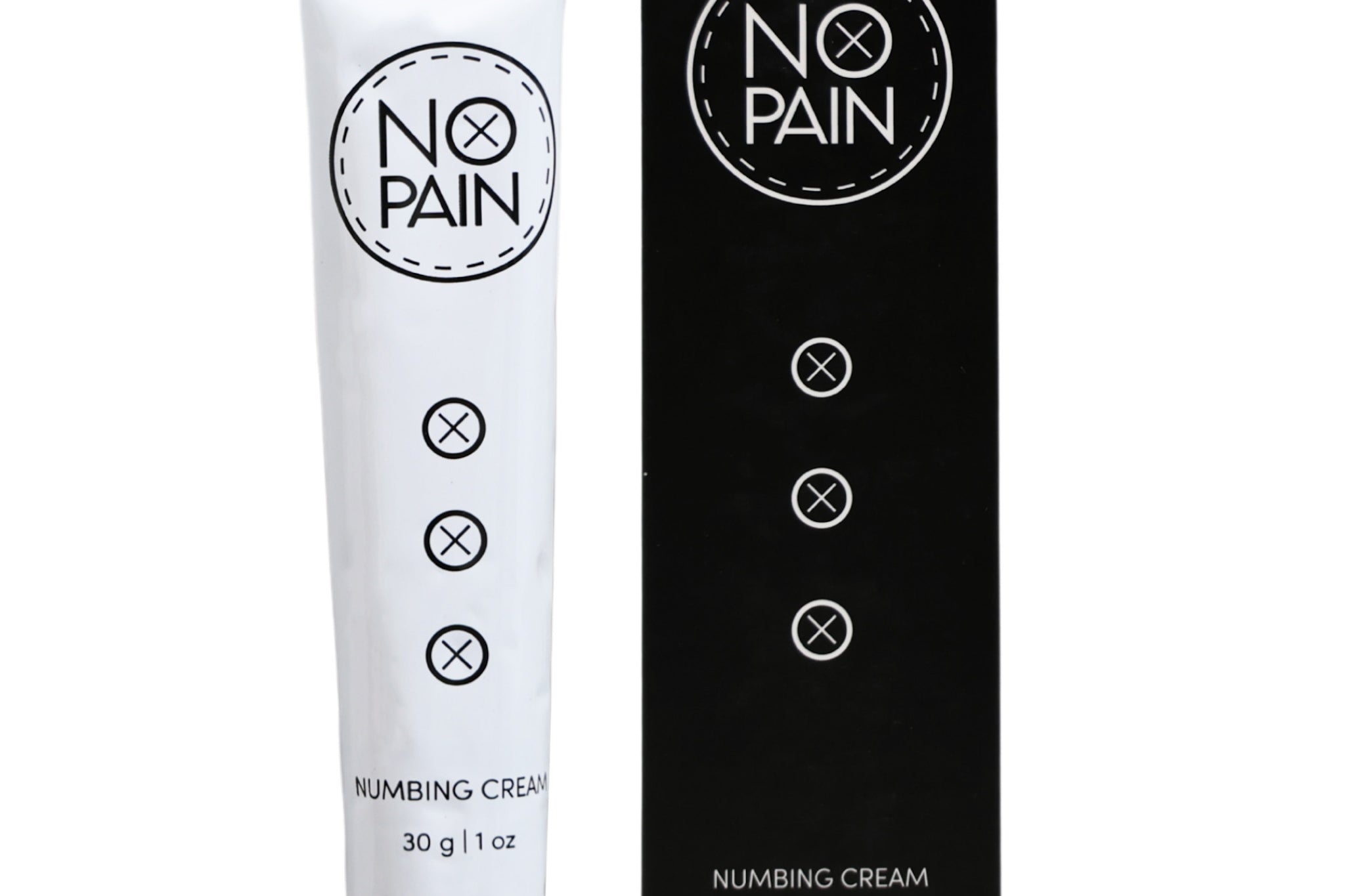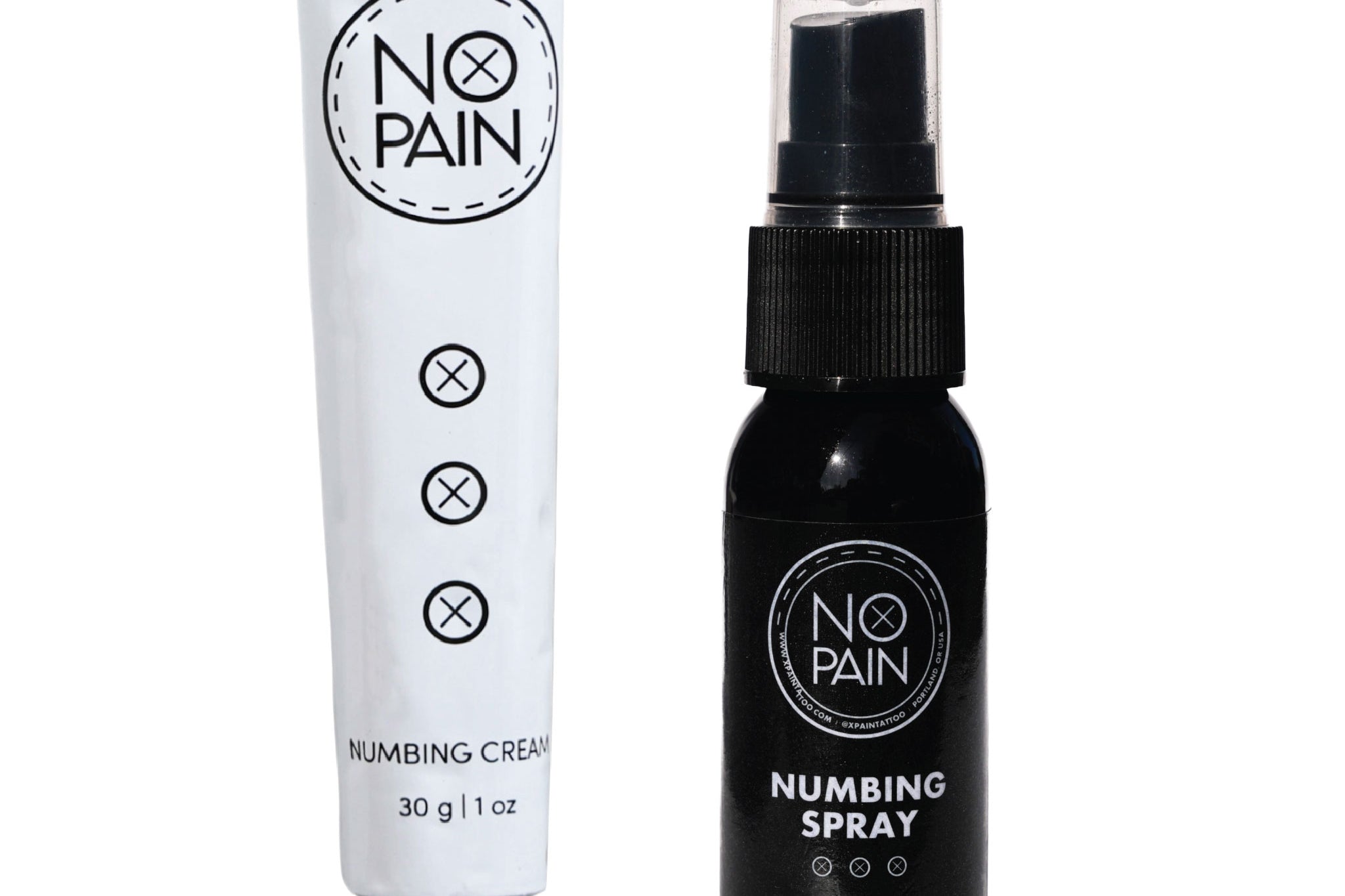(Banner Photo: Guitar covering a scar. Drawing by @craigbrowntattoo. Tattoo by @tbonetat2)
Our skin tells the story of our lives, and sometimes, that story includes scars. Whether from an old injury, a necessary surgery, or a difficult time in your past, a scar can be a powerful and often unwanted reminder. For many people, transforming that mark into a beautiful piece of art is an empowering way to reclaim their story. This leads to a deeply personal and important question: Can you tattoo over scars?
The answer in many cases is a hopeful yes. However, tattooing over scar tissue, especially a surgical scar, is a highly specialized skill. The process requires more planning, care, and expertise than a standard tattoo. This guide will help you understand the process, the challenges, and the steps you need to take to ensure a safe and beautiful result.
Disclaimer: This guide is for informational purposes. You must consult with your dermatologist or surgeon before deciding to tattoo over a significant scar.
The First Rule: The Scar Must Be Fully Healed
You cannot tattoo over a fresh scar. The tissue needs to be fully healed and matured before an artist can work on it.
-
The Minimum Wait: You must wait at least one to two years after the initial injury or surgery for the scar to settle.
-
Longer is Better: For very deep or significant scars, like those from a C-section or major surgery, waiting 3 to 5 years is often better.
A mature scar is typically pale or whitish, relatively flat, and no longer tender. Tattooing too soon is extremely painful and will result in a poor-quality tattoo, as the scar tissue is still actively changing.
Not All Scars Are Created Equal
The type of scar you have will determine what's possible.
-
Ideal Scars (Flat, Pale Scars): These are the best candidates. The skin texture is stable, and they can often be covered very effectively.
-
Challenging Scars (Atrophic/Sunken Scars): Scars that are pitted or sunken, like from severe acne, can be tattooed, but the ink may not look perfectly smooth due to the uneven texture.
-
Very Difficult Scars (Hypertrophic/Keloid): These scars are thick and raised. Many artists will not tattoo over keloid scars, as the trauma of the needle can trigger the keloid to grow even larger.
The Realities of Tattooing Over Scars
It’s important to have realistic expectations.
-
Pain Level: Does getting a tattoo hurt more on a scar? For most, yes. Scar tissue is unpredictable and can be significantly more painful than undamaged skin.
-
Ink Absorption: Scar tissue is different and doesn't always absorb ink evenly. The final result might have lines that are slightly softer or colors that are less saturated.
-
The Texture Will Remain: A tattoo will not erase the scar's texture. If the scar is raised, the tattoo over it will also be raised. A skilled artist, however, can use the design to cleverly mask the texture.
The Artist is the Most Important Part of the Equation
When wondering how to get a tattoo over a scar, the answer always starts with the artist. You must find a specialist with proven experience tattooing over surgical scars. When you have your consultation, ask to see healed photos of their scar cover-up work. A great artist won't just slap a design over the scar; they will design a tattoo that flows with it, using its unique shape as part of the art.
Preparing for Your Session and Aftercare
Because tattooing over scar tissue is often more painful and the skin is more sensitive, your preparation and tattoo aftercare are even more critical.
-
Pain Management: Given the increased sensitivity, our No Pain Tattoo Numbing Cream can make a world of difference. It can dull the sharp pain, allowing you to relax and helping your artist do their best work on the challenging skin.
-
Meticulous Aftercare: Compromised skin requires the gentlest, most effective aftercare. How to care for a new tattoo on a scar is crucial. Our No Pain Tattoo Aftercare Bundle provides the hypoallergenic, fragrance-free system you need. The Cleansing Foam keeps the area clean, while the Soothing Gel and Aftercare Balm provide the essential, breathable moisture that scar tissue needs to heal perfectly.
The Verdict: Can you tattoo over scars? Yes. You absolutely can turn a memory into a beautiful piece of art, but it's a process that demands patience and expertise. By taking these responsible steps, you can ensure the result is a stunning tattoo you're proud to wear.





